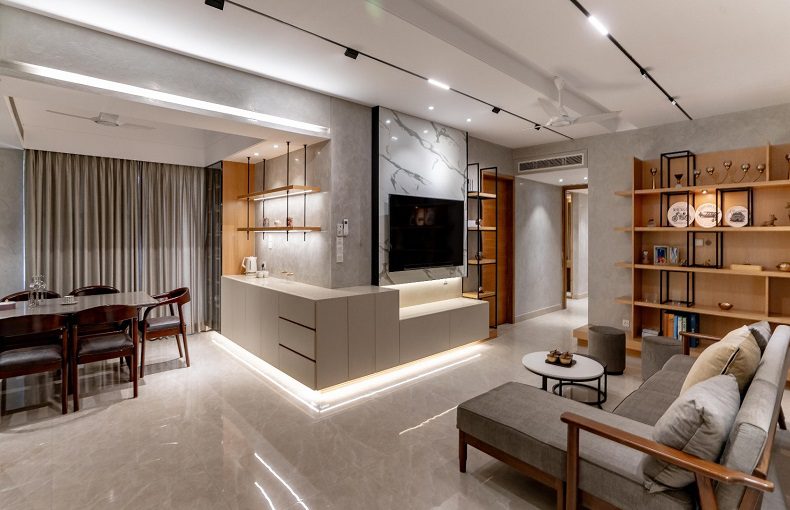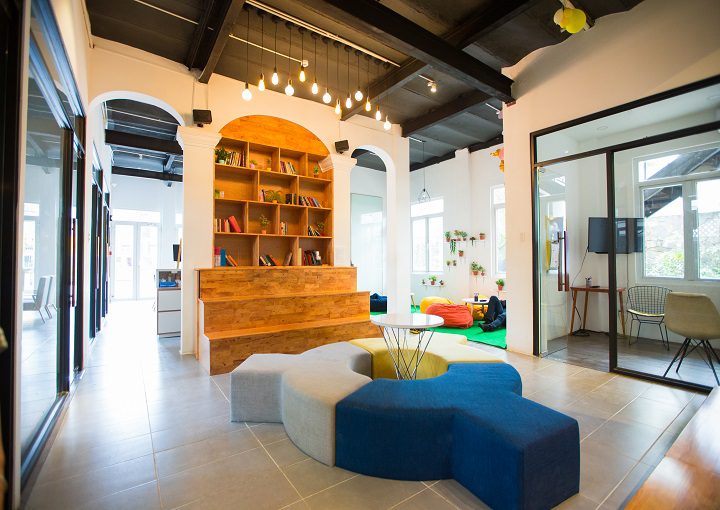Interior Design for Restaurants: Creating the Perfect Ambiance
Creating the perfect atmosphere for a restaurant goes beyond just food. A well-designed interior can elevate your dining experience, attract more customers, and set the right mood. This guide will walk you through key aspects of restaurant interior design to help your establishment stand out.
Restaurant interior design plays a pivotal role in shaping the overall dining experience. From lighting to furniture, every element can influence how customers feel and whether they’ll return. A thoughtfully designed space not only reflects the restaurant’s brand but also enhances the customer’s mood and appetite. Let’s explore the key aspects of creating an inviting and memorable restaurant environment.
Why Restaurant Interior Design Matters
A successful restaurant isn’t just about the menu; it’s about creating an inviting environment. Your interior design sets the tone, influences customer behavior, and even impacts the time they spend at your restaurant. Whether you’re designing a fine dining experience or a casual café, the design choices play a crucial role in shaping customer perceptions.
Choosing a Theme for Your Restaurant
The theme of your restaurant is a reflection of your brand. Whether it’s modern, rustic, or industrial, selecting a cohesive theme is essential. This will not only guide the interior design but also create consistency across all touchpoints, from decor to menu design.
Popular Themes for Restaurants
- Minimalist Design: Focuses on clean lines and simplicity.
- Rustic Theme: Features natural materials like wood and stone.
- Industrial Style: Exposes raw materials such as brick and metal, giving a more rugged look.
Importance of Lighting in Restaurant Design
Lighting is one of the most crucial elements in restaurant interior design. It affects the ambiance, mood, and even the way food looks. Natural lighting during the day creates a welcoming vibe, while dim, warm lighting at night can set a cozy, intimate atmosphere.
Types of Restaurant Lighting
- Task Lighting: Used for specific areas like kitchens or bar counters.
- Ambient Lighting: Sets the overall mood of the space.
- Accent Lighting: Highlights architectural features or artwork.
Furniture and Layout
The furniture and layout of your restaurant should not only complement your theme but also maximize space and ensure comfort. Seating arrangements must be functional, allowing for smooth movement of staff and customers while maintaining an intimate dining experience.
Key Furniture Choices
- Tables and Chairs: Should be sturdy and comfortable.
- Booths and Sofas: Ideal for creating cozy, private spaces.
- Barstools: Perfect for casual seating near the bar.
Incorporating Greenery
Adding plants and natural elements can breathe life into your restaurant’s interior. Greenery not only enhances aesthetic appeal but also provides a calming effect, making the dining experience more enjoyable.
Best Greenery for Restaurants
- Potted Plants: Easy to maintain and can be placed anywhere.
- Hanging Plants: Save floor space and add visual interest.
- Vertical Gardens: Great for smaller spaces and add a dramatic focal point.
Color Schemes That Work
The colors you choose for your restaurant will greatly influence the mood. Warm colors like red and orange tend to stimulate appetite, while cooler shades like blue and green promote relaxation. Choose a color palette that complements your theme and enhances the dining experience.
Effective Color Combinations
- Bold and Bright: For lively, energetic spaces.
- Neutral Tones: For a sophisticated, understated look.
- Monochrome: Ideal for minimalist designs.
Art and Decor Elements
Art and decor can add personality and uniqueness to your restaurant. Whether you opt for custom wall art, sculptures, or themed decorations, these elements help solidify your brand identity and leave a lasting impression on your guests.
Types of Restaurant Decor
- Wall Art: Custom murals or framed prints that reflect your theme.
- Sculptures and Installations: Can act as focal points and conversation starters.
- Textiles: Rugs, curtains, and cushions add texture and warmth.
Functional Design: Accessibility and Flow
Good design also means functionality. Ensure that the layout allows for smooth traffic flow, both for staff and customers. Accessibility is key, so make sure there’s enough space for wheelchairs and that entrances and exits are easily navigable.
Tips for Functional Layout
- Spacious Aisles: Make it easy for staff and customers to move around.
- Clear Signage: Helps guide guests through your restaurant.
- Accessible Restrooms: Ensure they’re easy to find and meet accessibility standards.
Conclusion
Restaurant interior design is more than just choosing colors and furniture. It’s about creating a space that reflects your brand, makes customers feel comfortable, and enhances their overall dining experience. By focusing on lighting, layout, and decor, you can transform your restaurant into a place that customers will want to return to again and again.





